#NotGuilty: the myth of victim-blaming

Want unlimited, ad-free access? Become a spiked supporter.
This week, an Oxford student newspaper started a campaign with the hashtag #NotGuilty, ‘hoping to create a presence on Facebook, Twitter, and our website, in order to establish a strong force of community overriding misdirected victim characterisation. Submissions to [email protected]’.
The impetus for this campaign is one student’s experience of assault near her home in London. Walking back from the Tube at midnight, she was attacked from behind. Her assailant put his hand over her mouth, and banged her head on the pavement. He also tore her underwear and grabbed her breast. Fortunately, a neighbour noticed, and her family came out to intervene. The attacker, a juvenile aged 17, was arrested soon after. He pleaded guilty and will be sentenced on 6 May.
This was a shocking experience for the victim, Ione Wells. In some respects, however, she was fortunate. Her assailant did not use a weapon; by sheer fluke, the attack happened at a time and place when family and neighbours could intervene, before more harm was done; and she was spared a court appearance.
Wells has gone public, writing a lengthy letter to her assailant in Cherwell, Oxford’s student newspaper. This (as she must have anticipated) led to her story becoming national news. It’s unclear why she did this before her attacker is sentenced. The law on contempt of court applies when criminal cases are active, including the pre-sentence phase. Launching a high-profile media campaign, ahead of sentence, is most unusual.
It is said that most victims of sexual assault know their assailant. Opportunist stranger attacks in the street are not the norm. It’s heartening that, as Wells acknowledges, she was rescued: a tribute to those who intervened.
But Wells and Cherwell seek to turn a tale of rescue into a campaign against victim-blaming in cases of sexual assault. This is bizarre, as no one blames Wells for what happened. She says that she has no intention of foregoing late-night Tube travel: ‘My community will not feel we are unsafe walking back home after dark.’ Realistically, however, Wells’ own experience shows that personal safety cannot always be guaranteed.
One can understand a victim like Wells feeling defiant. But the timing and nature of such a public intervention raises wider questions.
The stark facts are that 1) younger people between the ages of 15 and 29 are the group most likely to be victims of sexual assault, and 2) a significant proportion of such assaults are associated with what is called the nighttime economy. For students to lecture the public about ‘misdirected victim mischaracterisation’ via social media is no substitute for a practical approach to these underlying societal factors, which are not specific to students.
Sexual offending is a complex subject. The reductionist approach deployed by many activists, preoccupied with ‘victim-blaming’ and glib slogans like #NotGuilty, impedes a sensible discussion about who may be at risk, and how these risks may be mitigated. This is not good for victims or society.
Barbara Hewson is a barrister. Her views here are personal.
You’ve read 3 free articles this month.
Support spiked and get unlimited access.
Help us hit our 1% target
spiked is funded by readers like you. It’s your generosity that keeps us fearless and independent.
Only 0.1% of our regular readers currently support spiked. If just 1% gave, we could grow our team – and step up the fight for free speech and democracy right when it matters most.
Join today from £5/month (£50/year) and get unlimited, ad-free access, bonus content, exclusive events and more – all while helping to keep spiked saying the unsayable.
Monthly support makes the biggest difference. Thank you.

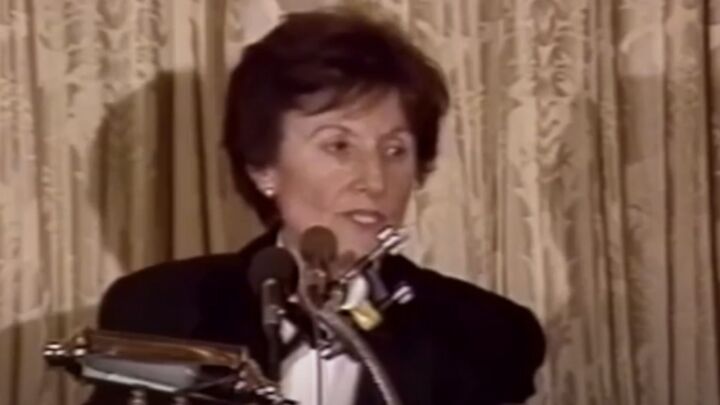


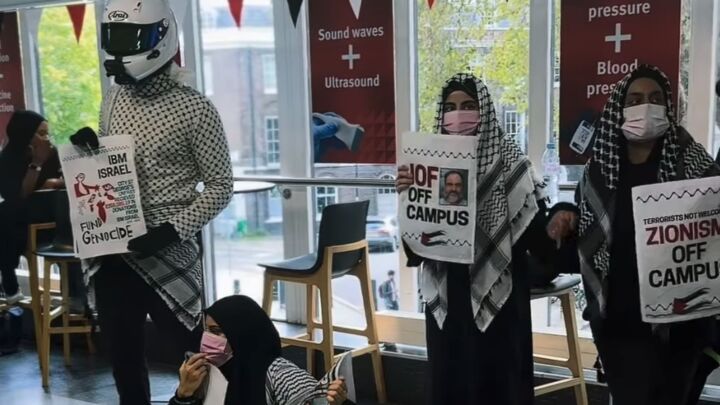
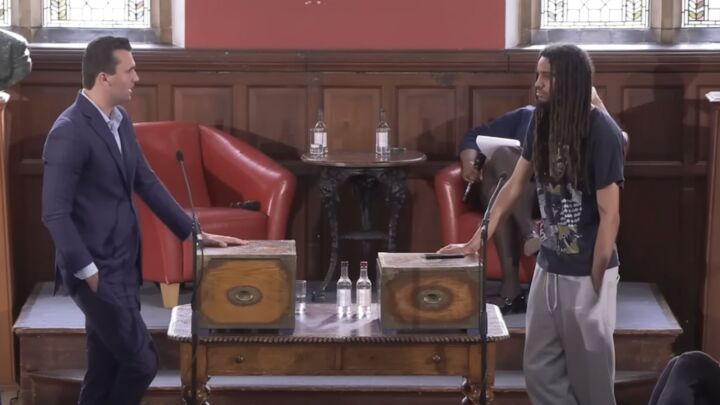
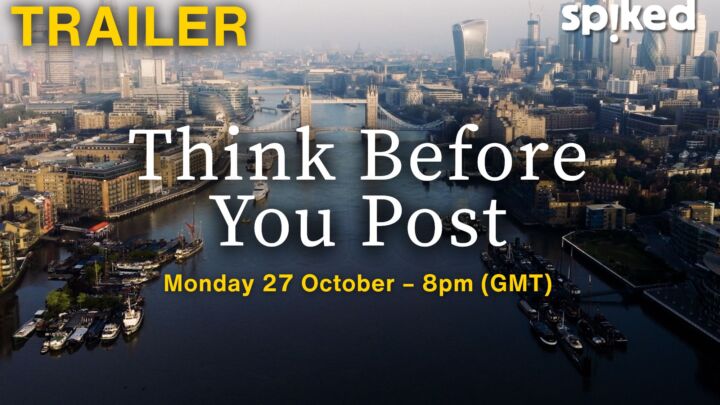
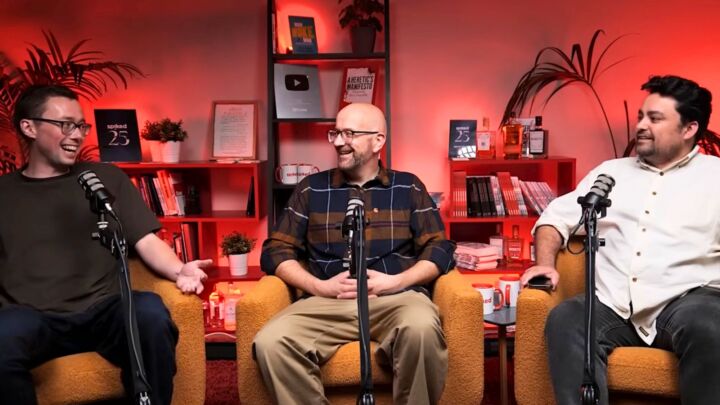

Comments
Want to join the conversation?
Only spiked supporters and patrons, who donate regularly to us, can comment on our articles.